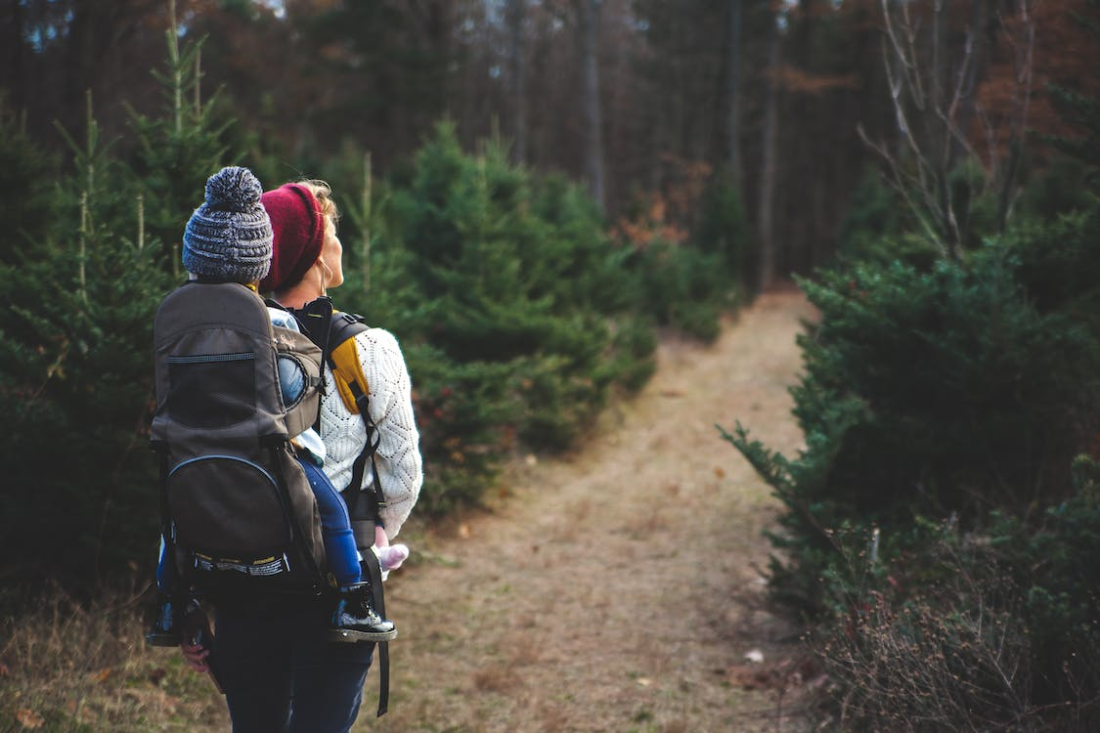When hiking, there are a few things you need to take into consideration to have a safe and enjoyable experience. This blog post will discuss the top ten tips for safe hiking. Whether you’re a first-time hiker or an experienced outdoorsman, following these tips will help make your next hike safer and more enjoyable!

Via Pexels
Make Sure You Have the Right Equipment
One of the most important things you can do to stay safe while hiking is to ensure you have the right equipment. This includes proper footwear, clothing, and gear. Wearing the wrong shoes or clothes can lead to blisters, which can ruin your hike. Make sure you also have enough water and food, as well as a first-aid kit in case of emergencies.
Go for a Safety Course
Before heading out on your hike, consider taking a wilderness medicine or safety course. These courses will teach you what to do in an emergency, such as treat a snake bite or set up a shelter. Wilderness medicine training can save lives.
Plan Your Route Ahead of Time
One of the best ways to stay safe while hiking is by planning your route thoroughly. This way, you’ll know where and how long it will take to get there. If possible, hike with someone who knows the area well. Make sure to let someone else know your planned route and the estimated return time in case you get lost.
Be Prepared for Weather Changes
Another essential safety tip is to be prepared for changes in the weather. Check the forecast before heading out on your hike, and be designed for conditions that may arise during your trip. Bring extra clothes if necessary, and always carry rain gear and a flashlight if you get caught in the dark.
Know Your Limits
One of the most important things to remember when hiking is to know your limits. Don’t try to hike further than you’re physically able, as this can lead to injury. If you’re not used to hiking at high altitudes, it’s best to start with shorter, lower-altitude hikes. Pay attention to how your body feels, and take breaks if needed.
Stay on the Trail
When hiking, always stay on the trail. It may be tempting to wander into the wilderness, but this can be very dangerous. There are many hazards off the trail, such as cliffs or areas with wildlife. If you need to leave the trail, make sure you have a map and compass with you to find your way back.
Be Careful With Your Food
One hazard that many hikers don’t think about is their food. If you’re not careful, your food can attract wildlife to your campsite. Make sure to store your food correctly, either in a bear-proof container or hung up high out of reach of animals. Don’t leave food out in the open, as this will attract critters looking for an easy meal.
Leave No Trace
When hiking, it’s important to practice Leave No Trace principles. This means leaving the wilderness as you found it without damaging or polluting the area. Pack out all of your trash, and be careful with campfires. When hiking in groups, spread out, so you’re not damaging the vegetation.
Be Aware of Your Surroundings
It is essential to be aware of your surroundings. Pay attention to where you’re walking, and watch for hazards such as slippery rocks or loose dirt. If you see something dangerous, take a different route. It’s also important to keep an eye out for wildlife, as some animals can be aggressive.
Hiking is a great way to get outdoors and enjoy nature. By following these safety tips, you can ensure your next hike is safe and enjoyable! Do you have any other safety tips to share? Let us know in the comments below!



